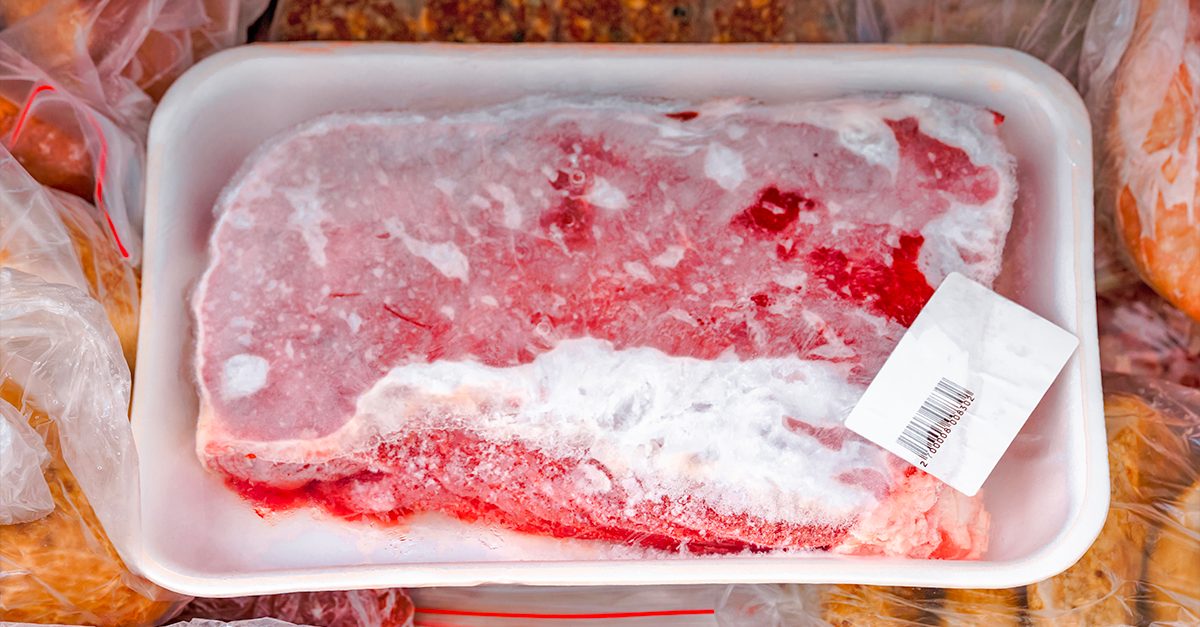9 Easy Steps To Keeping Your Salads Fresher For Longer Periods
From being the base of bountiful salads to a nutrient-dense smoothie ingredient or a sautéed side for big, juicy steaks, salad mix has a place in every meal of the day. Unfortunately, leafy greens seem to go bad almost the second you pull them from the shelf. You can practically watch as a bag of colorful, cheerful mixed salad greens speedily transforms into a wet blob of slimy, brown-tinged mush. Read on for a simple guide to avoid this unfortunate situation.
;Resize,width=742;)
If you've ever wondered how pro chefs manage to keep their greens fresh especially when they have too much on hand, then you're at the right place. Here's a step-by-step guide to keeping greens fresher for longer.
1. Start off fresh
There's only so much resuscitation you can offer a bundle of greens already riddled by rot. So when you are shopping, give the salad assortment a thorough check and only select lettuces that are in peak condition. It'll make things a lot easier for you.

2. Select sturdier greens
Not all greens are created equal. For instance, delicate greens like arugula and baby spinach have limited staying power. So if you're looking for salad greens with the greatest chance of extended fridge survival, select hearty options such as radicchio or kale.
3. Get a head instead
Lettuce leaves that have been pre-plucked and mixed already have a foot in the grave. So if you want to translate a single grocery trip into a couple of weeks' worth of salads, start with whole heads of romaine, iceberg, endive, and such.

4. Throw a towel in
Slipping a piece of paper towel in with your bag of greens is primarily agreed upon as an essential salad-saving trick. This simple step has been proven to help wick away moisture and prevent spoilage. That said, a soggy towel can seriously hamper efficiency, so check it often and replace it if it gets too damp.
5. Go for a spin
It appears the key to increasing your lettuce's life expectancy is to eliminate extra moisture first and then keep them dry. So when you get them home, remove them from the packaging and give greens a whirl in the salad spinner (before wrapping them in a paper towel in the fridge, of course)

6. Improve your packaging
Give your lettuce the same posh protection as those gourmet greens and reuse that sturdy clamshell they are sold in. Or, make your own using an airtight plastic storage container lined with paper towels to loosely nestle your salad assortment inside, topped with another paper towel.
7. Utilize your crisper
Keep your fruits and vegetables in those bottom drawers because they're actually designed to release the gas and moisture that accelerates spoilage. And as with the rest of the fridge, you'll want to check the settings — select high humidity to allow destructive ethylene to escape.

8. Retrofit your fridge
Since your fridge will be doing most of the heavy lifting here, make sure you've set it up for success Check your settings, and guarantee the temperature is dialed in below 41 degrees F, the FDA guideline for food storage.
9. Utilize your crisper
Keep your fruits and vegetables in those bottom drawers because they're actually designed to release the gas and moisture that accelerates spoilage. And as with the rest of the fridge, you'll want to check the settings — select high humidity to allow destructive ethylene to escape.
;Resize,width=767;)
;Resize,width=712;)
;Resize,width=712;)
;Resize,width=712;)
